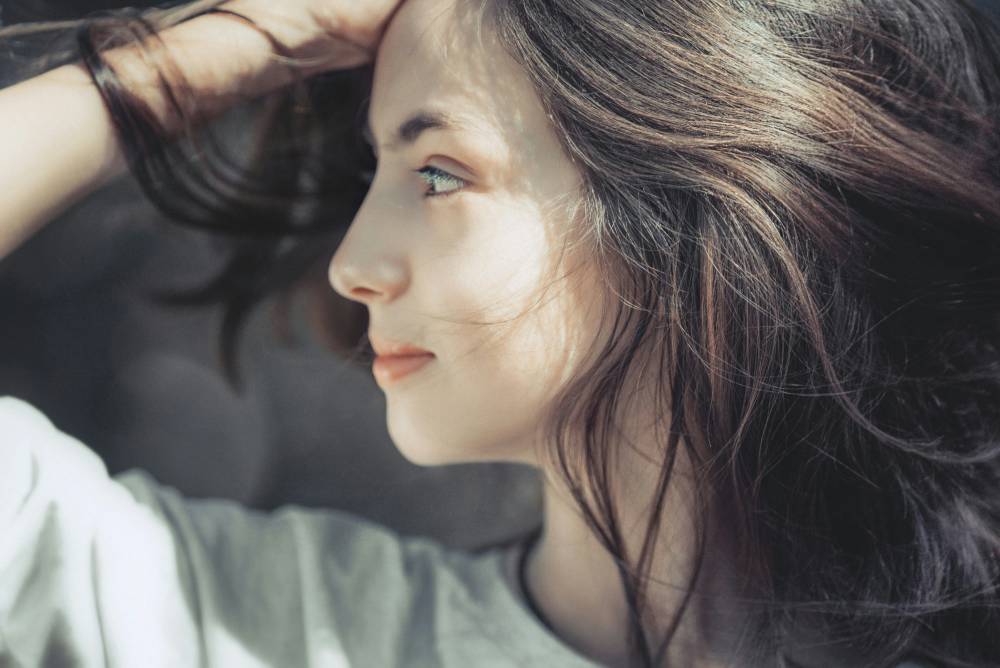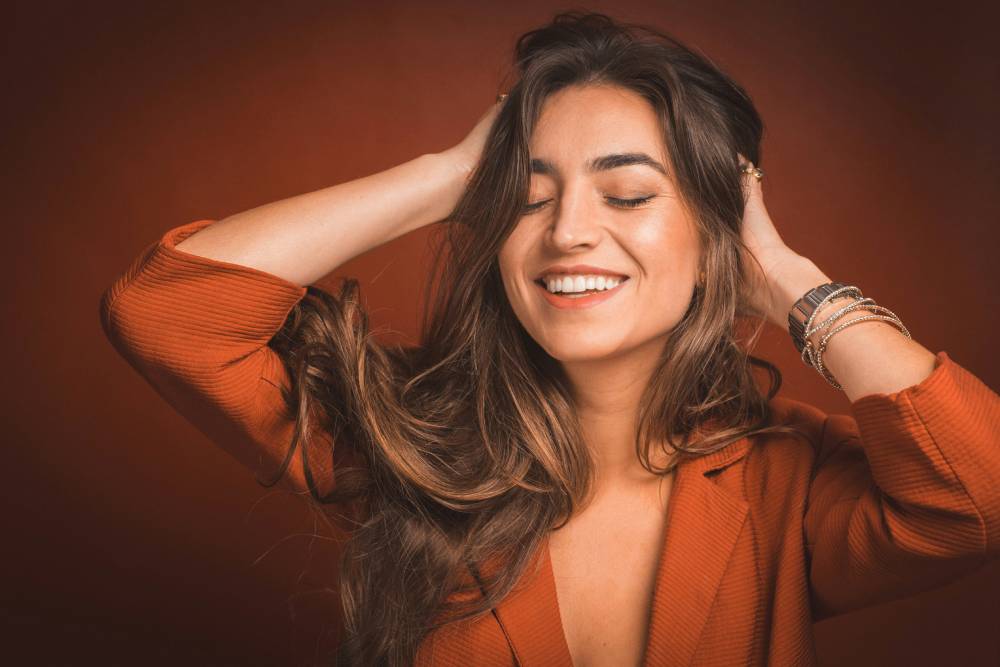Are you considering getting partial or full highlights? At some point, we all need a change in our hair. One great way to refresh your look is by experimenting with color. However, committing to a full-color transformation might feel overwhelming, especially regarding maintenance. If full highlights seem too much, partial highlights could be the perfect alternative.
Unlike full highlights, which cover most of your hair, partial highlights are typically placed around the face to enhance your features and add brightness to your natural color.
Loved by celebrities and street style sets alike, partial highlights offer a low-maintenance option with minimal commitment. Keep reading to discover the key differences between partial and full highlights and determine which option is best for you.
Partial vs. Full Highlights
Unsure about the difference between partial and full highlights? Struggling to choose which option is right for you? No need to worry—we’ve got all the information you need to help you decide!
What are Partial Highlights?
Partial highlights are a salon service where selected sections of your hair are dyed a lighter shade than the rest. This technique involves applying a lighter color to specific strands, allowing only portions of your hair to receive the highlights while the rest remains untouched. The result is a subtle, dimensional look that enhances your natural hair color.
Highlighting your hair typically requires a significant commitment to upkeep, but the maintenance is much easier with partial highlights. Since you’re only lighting certain sections, the process is more subtle and less time-intensive.
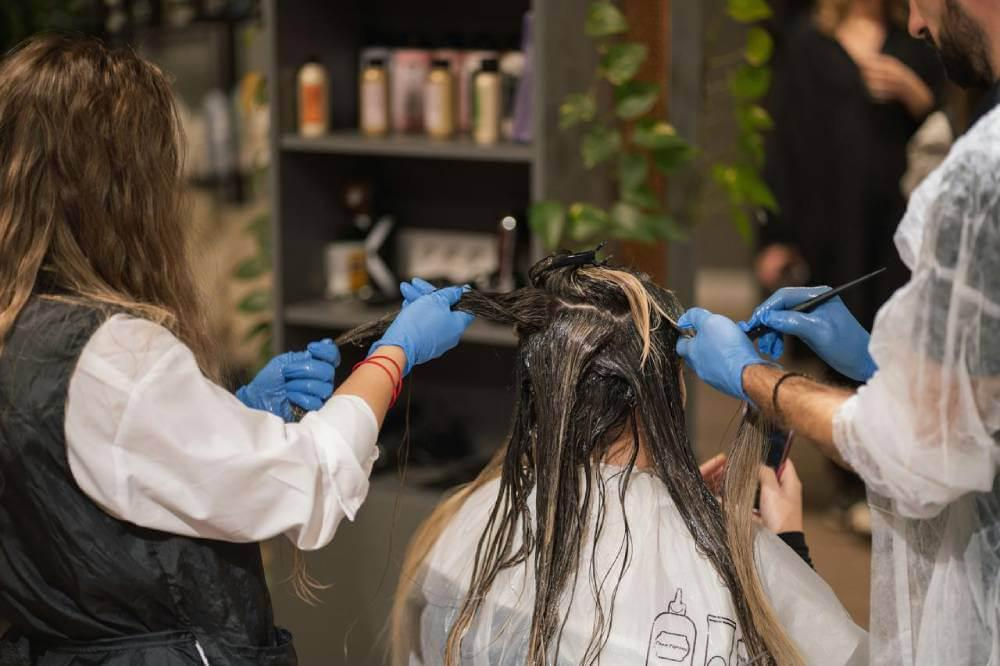
There are different types of partial highlights, such as those that frame your face or delicate baby lights scattered throughout your hair. These highlights are strategically placed to brighten specific areas rather than covering your entire head. Despite being subtle, they can make a big difference in your overall look.
The process involves isolating selected strands of hair, which are placed in foil and treated with bleach, hair color, or a toner, depending on the shade you want. You’ll work with your stylist to determine which sections will be highlighted. This method typically takes less time and is more affordable than full highlights. Some people even experiment with partial highlights at the tips of their hair or on top of a previously dyed color.
Hair color has always been a powerful form of self-expression. When we asked our readers, 65% said that the hair color they chose closely matches their personality, confirming our belief in the connection between hair color and self-identity.
Who Are Partial Highlights Best For?
Partial highlights are ideal for anyone seeking a subtle change or a high-contrast, dimensional effect. Lightening just a few strands can dramatically enhance your look while keeping it natural. This is also an excellent choice for those looking to refresh their hair without the commitment of a full-color transformation, offering a low-maintenance way to change things up.
They’re also a good option if you want to:
Add highlights to a specific area: Partial highlights are often concentrated around the face and part line
Get a quick root touch-up: Partial highlights are a good choice if you part your hair the same way every day.
Reduce upkeep: Partial highlights are less likely to create a severe contrast between roots and ends as hair grows out.
What are Full Highlights?
Full highlights involve lightening the hair by sectioning off the entire head, from the nape to the temples. This process typically takes longer and requires a more significant investment, but the result is a more noticeable and dramatic transformation. However, depending on the placement and how much the hair is lifted, full highlights may require more frequent upkeep.
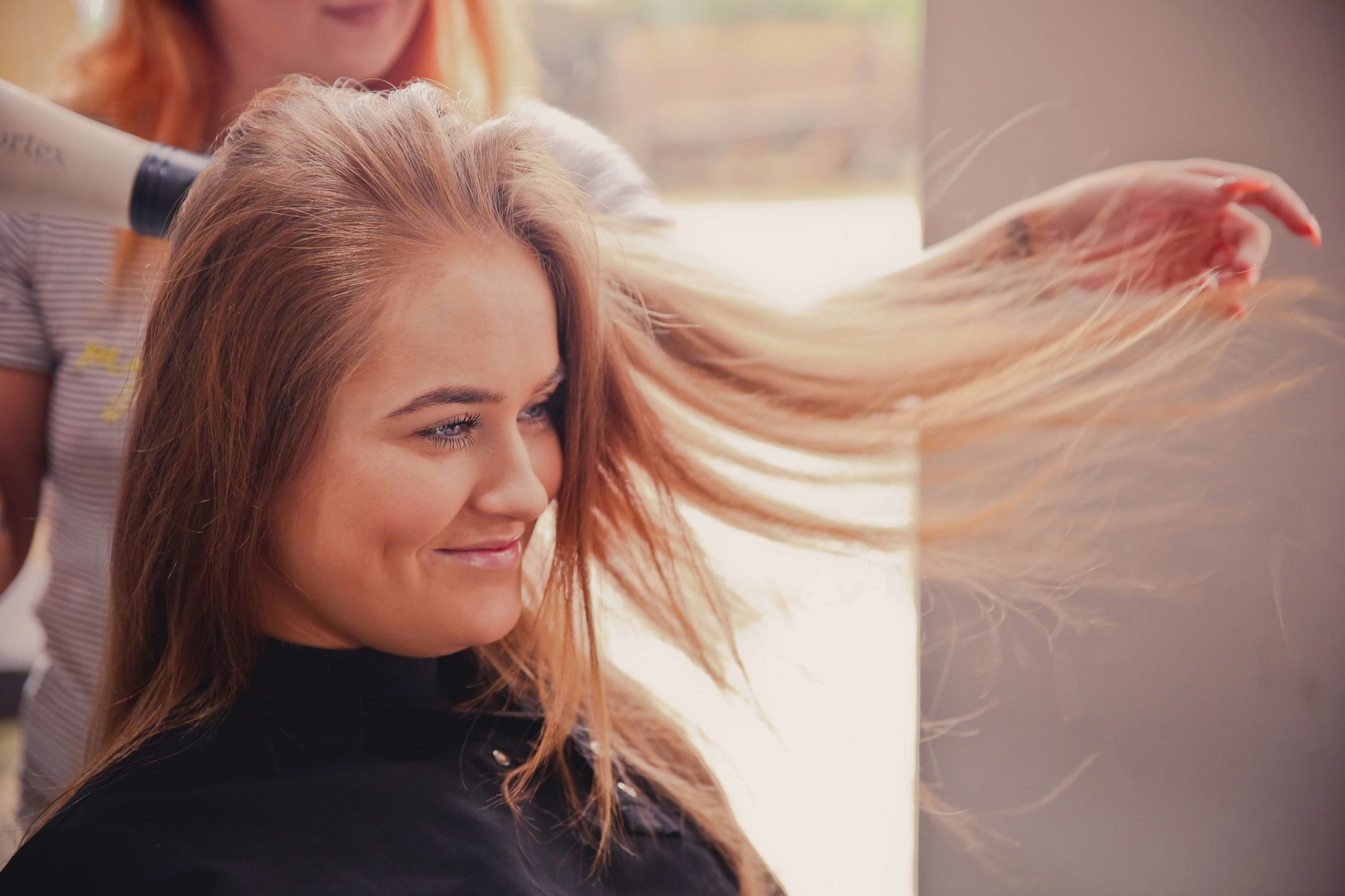
On the other hand, full highlights offer a more dramatic, all-over color transformation. While not every strand is dyed, the technique creates a more uniform and noticeable lift in color throughout your hair. The look can range from subtle and natural to bold and chunky, depending on your preferences. Often, full highlights are designed to give the effect of sun-kissed hair, as if you’ve just returned from a two-month vacation in St. Tropez, with that beautiful, all-over glow. While this look is stunning, it does require a bit more time in the salon as your colorist carefully perfects the shade. The process typically involves using foils, and sometimes caps, to achieve the desired result.
You can alternate full and partial highlights at every other appointment to balance the impact with maintenance. This approach allows you to maintain a fresh look without overdoing it.
Who Are Full Highlights Best For?
Full highlights are ideal for those seeking an all-over color transformation. Whether you’re looking to add dimension to previously dyed hair or want a noticeable color change without fully bleaching your entire head, full highlights provide a brighter, more uniform look than partial highlights. Full highlights may require more maintenance to keep the color looking fresh, depending on the contrast level you’re aiming for.
Here are some additional benefits of full highlights:
Versatile: Full highlights complement a variety of hairstyles, including half-up and half-down styles, braids, and more.
Natural look: They can blend effortlessly with your natural hair color, providing a softer, more natural appearance as your hair grows out.
Adds texture: Full highlights can enhance the appearance of fine hair, making it look more textured and multidimensional.
Depending on the contrast between your natural color and the highlights, you may need touch-ups every eight to 12 weeks to maintain the appearance.
Tips for Caring for Highlights
Now that you’ve got your beautiful highlights, you’ll want to keep them vibrant for as long as possible. As mentioned, partial highlights grow naturally and blend well with your hair. The same can be true for full highlights, especially if the color isn’t drastically different from your natural shade. However, visiting your colorist every four to six weeks is recommended to maintain the look, particularly as your roots grow.
Regular trims to keep your hair healthy during these visits are also essential. You must use color-safe shampoo and conditioner to preserve your hair’s vibrancy and moisture between color touch-ups. We love the “Suave Vivid Color Shampoo and Conditioner,” which contains an Amino Acid Complex that strengthens and softens the hair while keeping your color vibrant for up to 40 washes.
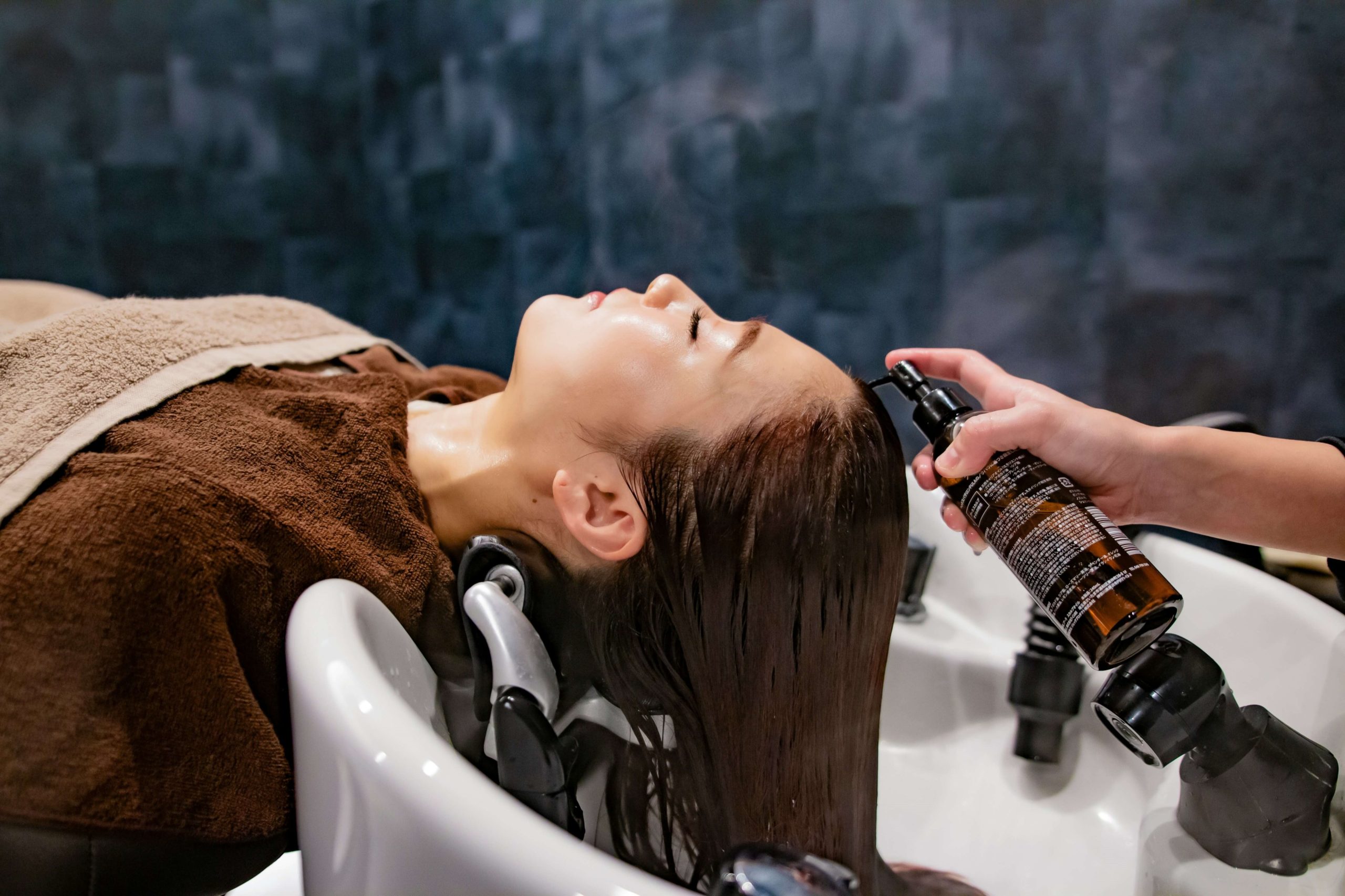
Consider adding a deep conditioner or hair mask to your routine for an extra moisture boost, such as the “Nexxus Color Assure Long Lasting Vibrancy Deep Moisture Masque.” This will help lock in moisture and keep your highlights looking fresh and glossy.
Hard water deposits minerals and metals on the hair, leading to dullness, dryness, breakage, and more. Hazan says good water can even cause your hair to turn orange or green, depending on the minerals present. Investing in a shower filter or committing to regular hair detox treatments is a good idea for those living in areas with hard water. However, Hazan suggests detoxing should be done in a location with soft water. Consider doing it at the gym, a friend’s house, or anywhere that doesn’t have the same hard water issue.
5 Partial Highlight Hairstyles That We Love
Highlights are a great way to refresh your look without drastically changing. Whether you prefer a bold, all-over effect or something more understated, there’s a style for everyone. Are you thinking about trying partial highlights? Keep reading for some inspiration on how to style them:
1. Soft Wavy Balayage
For soft, summery, natural-looking partial highlights, embrace wavy hair or ask your stylist for balayage tones. This technique enhances that effortless, beachy vibe. To style, use a small-barreled curling iron set on low heat and curl small sections of hair starting from the mid-shaft. Let the hair sit on the barrel for just a few seconds to create gentle, beach-inspired bends—perfect for channeling those. The clear lines where your highlights begin and end will stand out with no texture to district summer vibes, even in the middle of winter.
2. Sleek Pony
A long-time fix for bad hair days, ponytails have evolved from regular gym hairdos to red carpet and Instagram favorites. But this isn’t your average pony; achieving that perfect sleek look takes effort.
A sleek ponytail is a great way to highlight the contrast between the top and bottom halves of your hair, making the transition of your partial highlights more noticeable. The clear line where your highlights begin and end will stand out with no texture to distract. To achieve a smooth, frizz-free finish, we recommend using a serum like “Suave Professionals Keratin Infusion Smoothing Hair Serum,” which is ideal for color-treated hair as it hydrates, smooths, and eliminates frizz. Start by blow-drying your hair as usual, then use a flat iron to create a straight, sleek look. Gather your hair into a low ponytail, and you’re all set!
3. Effortless Layers
Adding longer layers to your hairstyle is an excellent way to enhance the effect of partial highlights. Layers have been a significant trend for several seasons, with the shag haircut showing us that short, edgy layers can offer a cool, rock-and-roll vibe. However, if you’re not ready for something so bold, longer, dramatic layers can bring a different kind of glamour. With sweeping, grown-out curtain bangs and rich, textured layers, you can achieve a sophisticated look that beautifully highlights the depth and dimension of your partial highlights.
4. Contrasted Partial Highlights
A great way to enhance your face-framing highlights is by increasing the contrast between colors with your partial highlights. This added contrast draws attention to the face and highlights your features more effectively.
The contrast can range from subtle, using shades just one or two levels lighter than your natural color, to more dramatic with bold, vivid tones. This might mean incorporating rich caramel or honey hues for brunettes, while blondes can opt for icy or platinum highlights. Fashion-forward shades like pastel pinks, purples, or other vibrant colors can deliver a bold, edgy look if you’re after a more adventurous style.
5. Face-Framing
Face-framing highlights, money piece highlights, or hair contouring can be paired with balayage to achieve a dimensional, natural look. These highlights are perfect for enhancing your complexion, as the lighter strands around your face provide a luminous effect that outshines even the best cosmetic highlighters.
One of the most significant advantages of face-framing highlights is their versatility—they’re fully customizable! You can select any color and placement that suits your style, resulting in a look tailored specifically to your face shape and personal preferences.
Choosing Between Partial and Full Highlights
When deciding between partial and full highlights, several factors must be considered. First, think about your hair type and texture. If you have thin or damaged hair, partial highlights may be a better option as they require less processing. If you have thicker hair, full highlights may be a better option, as they can add more dimension and texture.
Next, consider your current hair color and condition. If you have dark hair, partial highlights may be a better option, as they can brighten up your natural color without making a drastic change. If you have light hair, full highlights may be a better option, as they can add more dimension and texture.
Finally, consider your desired end result and maintenance preferences. Partial highlights may be a better option if you want a subtle, natural-looking color change. Full highlights may be a better option if you want a dramatic, all-over color change. If you prefer a low-maintenance hair care routine, partial highlights may be a better option as they require less upkeep.
In terms of cost, partial highlights are often less expensive than full highlights because less dye is used. However, the cost will vary depending on how long your hair is, where you’re located, and the salon you visit.
Ultimately, the choice between partial and full highlights depends on your individual hair needs and preferences. By considering your hair type, current hair color and condition, desired end result, and maintenance preferences, you can make an informed decision and achieve the look you want.


